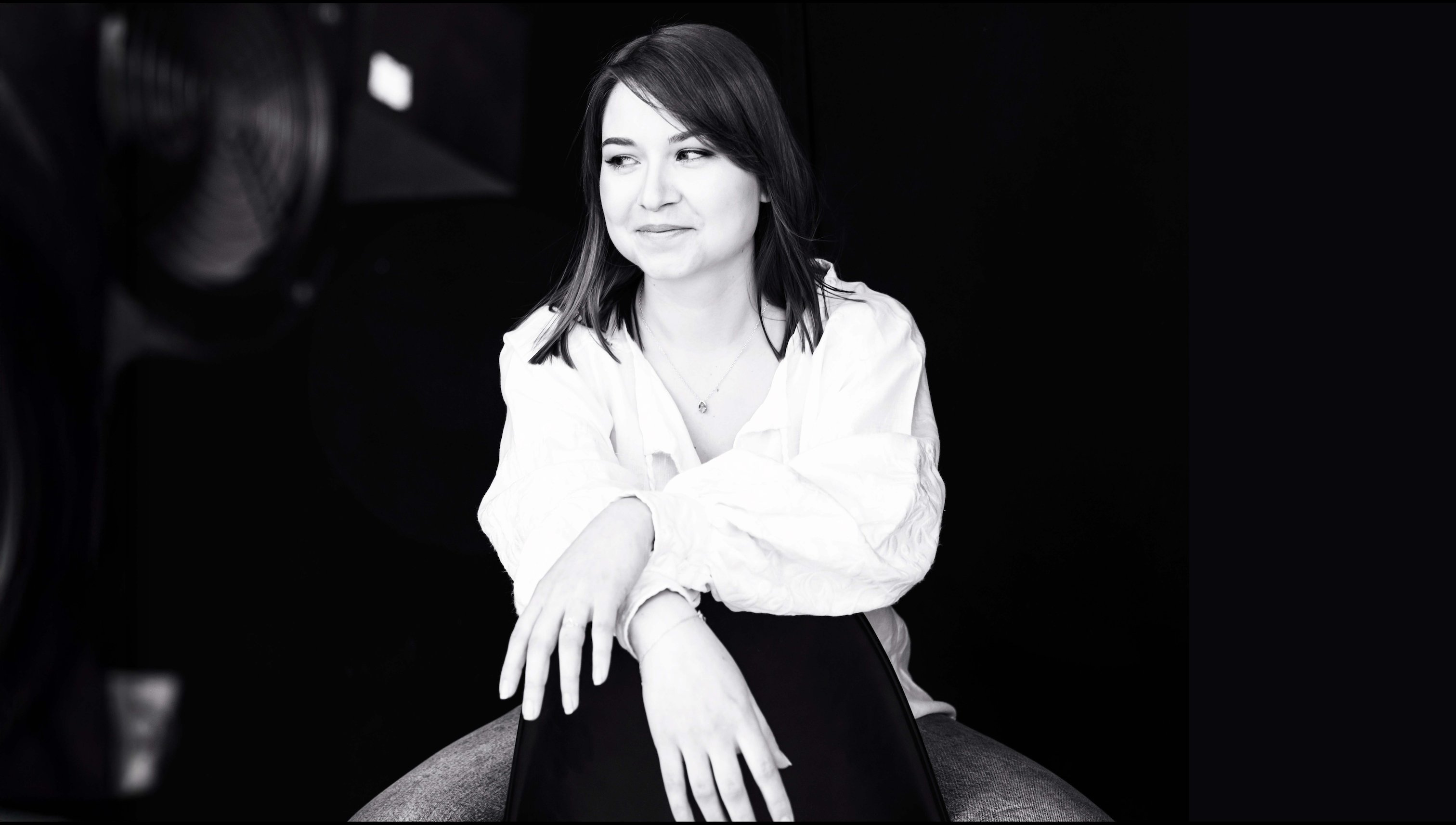Dr Katia Denysova

A Ukrainian-born art historian and curator, Dr. Denysova received her PhD from the Courtauld Institute of Art in London in 2024 with a dissertation entitled “Fragmented Identities: Between Cosmopolitanism and Nationalism in Ukraine’s Early Twentieth-Century Art”.
She is currently a postdoctoral fellow at the University of Tübingen and co-curator of the traveling exhibition “In the Eye of the Storm: Modernism in Ukraine, 1900–1930s”, which was most recently on show at the Royal Academy of Arts in London.
Dr. Denysova’s research explores the role of art in shaping national identities and examines how these processes were informed by both indigenous traditions and international modernist movements. Internationally recognized, Dr. Denysova’s work situates Ukrainian art within a global framework, challenging conventional narratives that often marginalize Ukrainian art or subsume it within broader Soviet or Russian categories. By foregrounding Ukraine’s unique artistic contributions, she promotes a more nuanced understanding of the region’s cultural complexity and its place in global modernism(s).
Contact: kateryna.denysova@unibas.chResearch project
Folk, Modern, National: The Politics of Art Production in Early Twentieth-Century Ukraine
At the University of Basel, she will develop her project, “Folk, Modern, National: The Politics of Art Production in Early Twentieth-Century Ukraine,” which analyses how Ukrainian modern art navigated imperial and colonial influences. By focusing on underexplored regional dynamics and transnational exchanges, her work sheds new light on the broader cultural currents that shaped Ukraine’s artistic modernism.
In the Eye of the Storm: Modernism in Ukraine, 1900–1930s
Curated by Katia Denysova, Konstantin Akinsha and a together with Maryna Drobotiuk and Olena Kashuba-Volvach (both from the National Art Museum of Ukraine, Kyiv).
This comprehensive exhibition is the first presentation outside Ukraine to explore the development of modern art in the cultural centers of Kyiv, Lviv and Kharkiv during the first half of the 20th century. Modernism in Ukraine is revealed to be both international and avant-garde. From Jugendstil to Constructivism, the exhibition tells the tempestuous and fascinating history of cultural identity in Ukraine.
The Modernist movement in Ukraine unfolded against a complicated sociopolitical backdrop: the revolution in 1905, World War I, the collapse of the Russion Empire in 1917, the short-lived autonomy as the Ukrainian People’s Republic (1917–21), and the foundation of Soviet Ukraine. Despite the tumult, Ukrainian art, literature, theater, and film flourished. The Boichukists (бойчукісти), followers of the monumentalist Mykhailo Boichuk (Михайло Бойчук), created their own national school of mural painting inspired by the Byzantine tradition and Ukrainian folk art. In Kharkiv, Vasyl Yermilov (Василь Єрмілов) became the foremost exponent of the Ukrainian version of Constructivism. Meanwhile in Kyiv, Oleksandr Bohomazov (Олександр Богомазов), the country’s preeminent Futurist, developed the style known as Spectralism. Then in the late 1920s, the Kyiv Art Institute became a last refuge for pioneers of modern art such as Kazymyr Malevych (Казимир Малевич). All these developments were brutally halted by Stalinist repression in the 1930s.
Events & Courses in Basel
University course by Dr. Katia Denysova during the 2025 spring semester
24 February – 26 May 2025, on Mondays 12.15–14.00, Department of History, University of Basel, seminar room 2
The start of the Russian Federation’s full-scale invasion of Ukraine in February 2022 exposed the lack of knowledge internationally about Ukraine’s history and culture. It also highlighted how overwhelmingly entrenched the Russo-centric narratives and interpretations had become, both in academic discourses and popular consciousness.
This course seeks to rectify the existing blindspot by introducing students to Ukraine’s visual culture from the first half of the twentieth century. We will examine Ukraine’s art production in various media, including decorative and monumental art, graphic design, photography and film, against the backdrop of the changing socio-political landscape. Analysing how artists worked with indigenous pictorial traditions to construct Ukraine’s modern cultural identity, we will also consider how this engagement and artistic vocabulary evolved under different ideological regimes. With select case studies from art history, focusing on women artists where possible, we will interrogate and critically reassess the existing art historical canon that led to Ukraine’s artistic output becoming overshadowed by and appropriated into that of ‘Russia’, in all its various guises. At the same time, by investigating intercultural transfers, the course proposes to move beyond the established national paradigm to reinvest in studying intercultural exchanges within Ukrainian culture. During the course, students will read a selection of texts from art history and other disciplines and have an opportunity to research and present in class the works of visual culture and/or their creators.
Universal and Vernacular, Abstract and Decorative: Alexandra Exter’s Colour Dynamics (1916–1918)
Lecture by Katia Denysova (Tübingen/Basel) in the context of the research colloquium “Current Research on Eastern European History”
30 April, 18.00–20.00h, Alte Universität Basel, Rheinsprung 9, Seminarraum –201